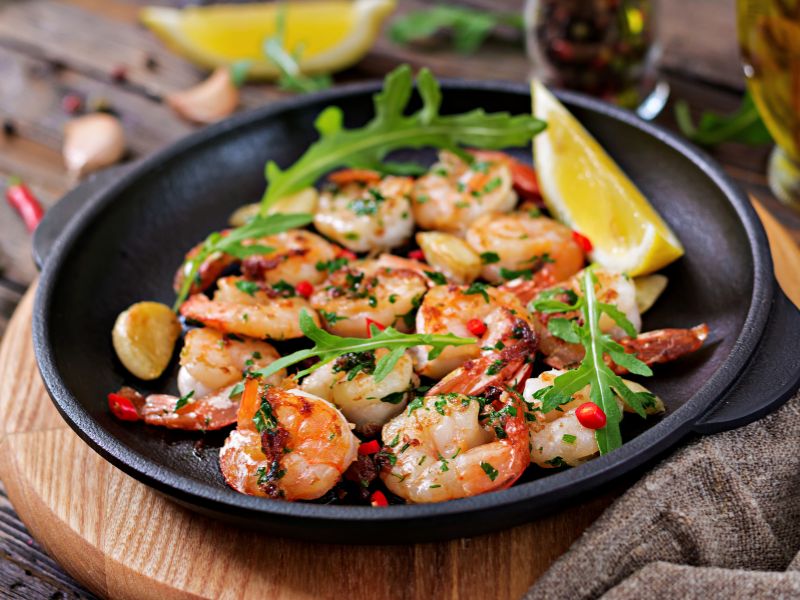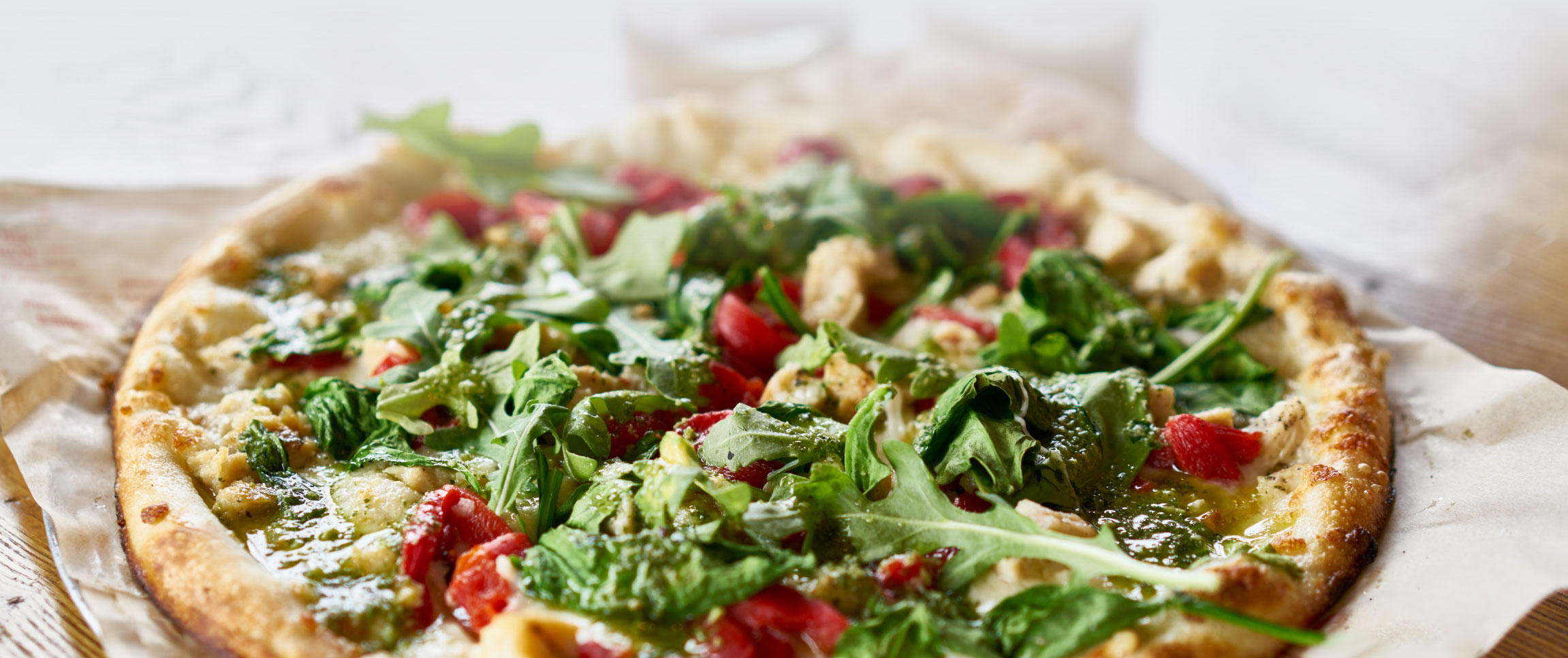Vegetarian pizza has probably been a thing for longer than the actual demand for vegetarian dishes. It can also be a little repetitive.
Beyond the usual suspects of an eggplant or a mushroom pizza or picking a few of the same few vegetable options to create your own, veggie pizzas have not traditionally been the way to create buzz around your brand. But that’s changing in a big way. Not only are plant-forward diners pushing demand, veggies provide a range of interesting flavor combinations and textures.
What you need, much like your meat-based specials that get a lot of the Instagram snaps, is a few well-curated veggie options leveraging both local and seasonal ingredients — combinations that appeal not just to vegetarians but to today’s elevated palates and can grab the attention of omnivores as well.
Feeling Saucy
Tomato might be the go-to sauce in the pizza world but when dealing with fresh and seasonal vegetables it can occasionally overwhelm the lighter flavors. Bianca, typically a blend of white cheese, can work but may also add a little too much weight to what should be a brighter, light flavor profile.
In some cases, a brush of olive oil and garlic might be all you really need. For something a little more refined try a gremolata — a combination of olive oil, garlic, parsley, and lemon — or replace that heavy bianca with a thin layer of ricotta blended with basil and lemon.
OK, I hear you, lemon on pizza? Without the tomato to provide a little acidity it’s easy for your pizza to lose balance. Adding a squeeze of lemon to the mix replaces that acid and will help keep all those beautiful veggies tasting fresh and bright.
Keep On Grillin’
Just like the meats, tossing raw veggies on a pizza doesn’t always provide the results you want. Pre-grilling or charring can add to both the taste and visuals of your pie. To celebrate spring flavors, top that pie with some grilled ramps and fresh morels, possibly paired with a cacio e pepe (cheese and pepper) inspired topping of olive oil, Romano, and fresh cracked pepper.
Other great choices might include grilled asparagus or fiddlehead ferns, or even radicchio — contrasting the sharp bitterness with a schmear of ricotta on the crust or by adding a little sweetness with a drizzle of balsamic reduction.
 Slice It Up
Slice It Up
In some cases, you want to preserve the freshness of the spring vegetables to really showcase them. Finely shredded or thinly mandolin-sliced veggies might be the way to go. Leeks, spring onions, and even Brussels sprouts are all great candidates for deconstruction. Thinly spread across the pie, they add amazing color and, depending on cooking time, just enough mouth feel for people to really appreciate the freshness.
For something a little more exotic, go for kohlrabi or even bok choy. Both will pair well with hard cheese like Gruyere and can easily open the possibilities for adding Asian-styled spices and chilis for something out of the ordinary.
Bring the Heat… and the Sweet
Recognizing the growing obsession with peppers, the most obvious place for them to be showcased is on pizza. From mild to nuclear, peppers make sense and have the power to stand on their own without a lot of other components to make a standout pie — not to mention one that is seriously Instagram-able. Fire roasted or thinly sliced, you’ve got it all, color and flavor.
If you want to dial up the buzz, try adding a drizzle of honey across the pie. The sweet will make a nice contrast to some of the hotter peppers and is sure to get influencers talking being a trending ingredient. For a little heat you don’t even need peppers if the drizzle is hot honey. Combined with grilled or shredded veggies, it makes for a stickily delicious pie.
Pickle It
Lemon might be one way to bring acidity back to the party but so is pickling. Thin-sliced dills or ruffle-cut bread and butter both make great toppings and create endless visual possibilities. Cauliflower, cabbage, and even red onion are also good choices for pickled pizza toppings.
Extra Cheesy
Beyond mozzarella, veggies play well with all manner of hard cheeses but also offer an opportunity for softer cheeses like ricotta and even goat chèvre. The softer cheeses add more flavor to the pizza and can be blended with pestos, roasted garlic, or a tapenade for an even bolder taste.
Adding spring vegetables is a great way to freshen up your pizza menu and make it seasonally relevant. For a nightly special or as part of your new well-curated vegetarian menu options, it’s sure to be a hit.



